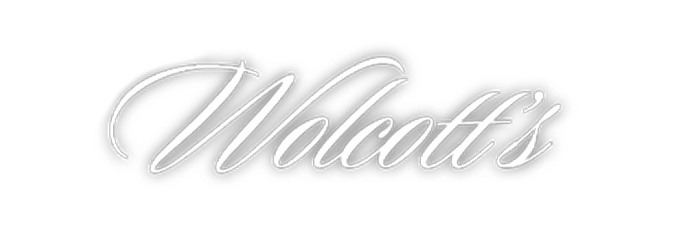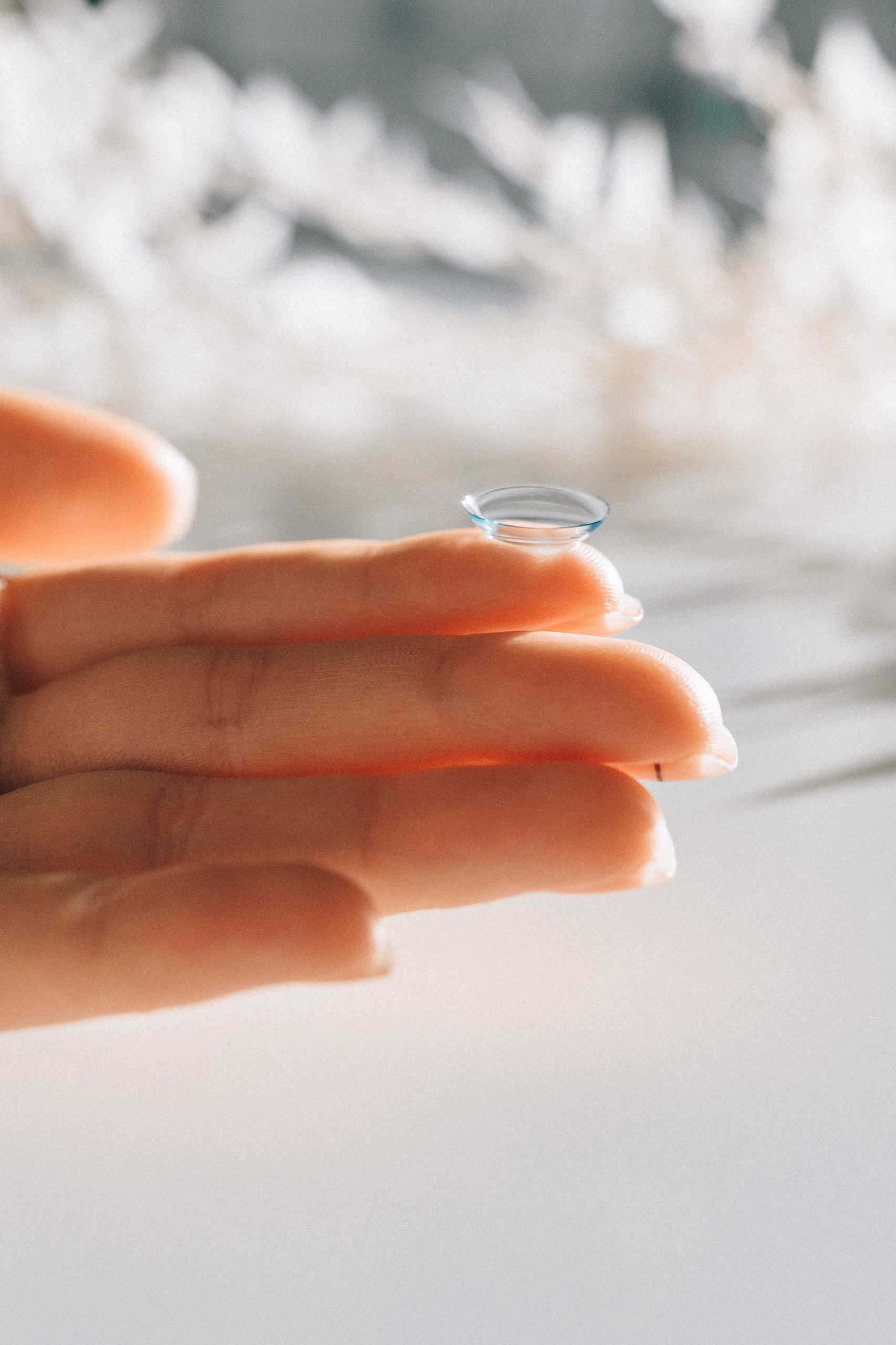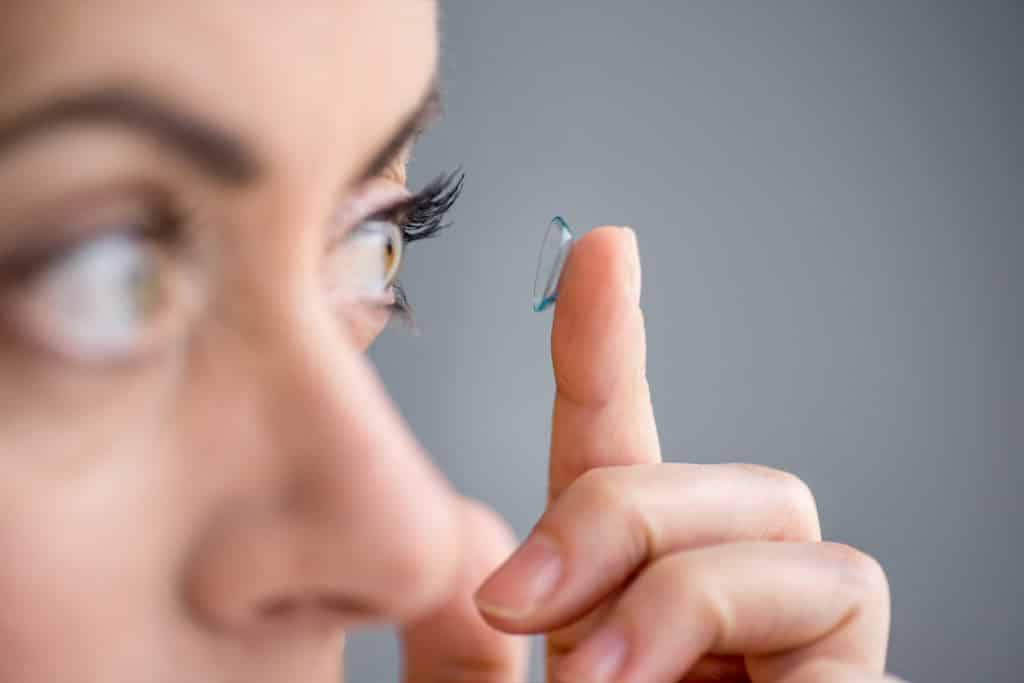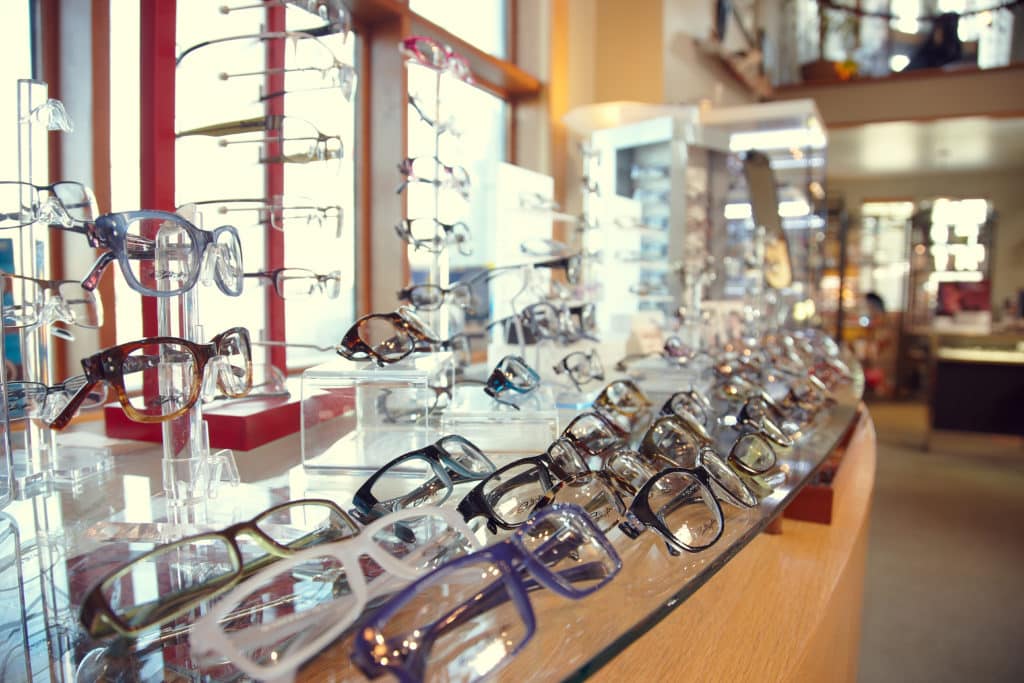
Wearing contact lenses can be a convenient and comfortable way to improve your vision, but it is essential that you remain vigilant for signs of irritation or infection. While modern contact lenses are designed to be comfortable and breathable, improper use or neglect of hygiene can lead to discomfort and some potentially serious eye problems. But to avoid this, you need to be able to identify the signs of irritation or infection from your contacts.
At Wolcott Optical, we understand why so many patients choose to get contacts instead of glasses. But we also understand that if you don’t care for them properly, you may experience far more problems than you anticipate. Keep reading to learn more about common signs of irritation or infection from your contacts and what you should do if you notice any of these symptoms.
Signs of Irritation or Infection from Your Contacts
If you believe that you are experiencing irritation or infection from your contacts, there are a few symptoms you should look out for. These symptoms include:
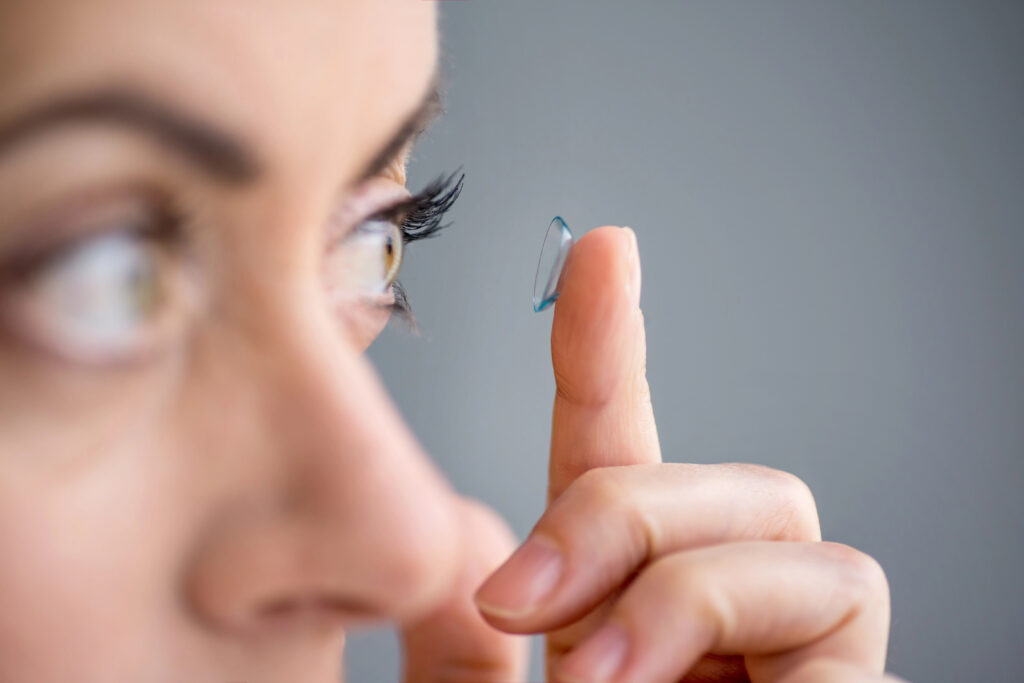
1. Redness
If you notice redness in your eyes, even after you’ve removed them, this might be a sign of irritation or infection from your contacts. This could happen if you have been wearing your lenses for too long or not cleaning them properly. This redness could be an indication of inflammation or blood vessel dilation, often stemming from prolonged wear or inadequate cleaning. This should clear up after a few hours, but if it doesn’t, you may need to schedule an appointment with your doctor.
2. Discomfort or Pain
Feeling a bit uncomfortable when you start wearing contacts or in dry weather is pretty normal. However, persistent or intense pain is a major concern and may indicate irritation or infection from your contacts. Lingering pain or a feeling like something is in your eye is not a normal part of the contact-wearing process, so if this is occurring it might be time to check in with your optical team.
3. Excessive Tearing or Discharge
Our eyes produce tears to protect themselves from dirt, dust, and other irritants. However, if you find yourself tearing up more than usual or notice strange eye discharge, this could be a sign of irritation or infection from your contacts. If you are producing far more tears than normal or your eyes are producing a discharge that is unusual in color or consistency, reach out to your trusted optical professional for support.
4. Blurry Vision
Most people choose to wear glasses or contact lenses when their vision becomes blurrier than it once was. So, if you are noticing blurry vision while wearing your contacts this can be incredibly frustrating. This blurry vision may indicate they need to be cleaned. However, if cleaning doesn’t improve your vision, it may be an indication that you are dealing with irritation or infection from your contacts, and they should be removed until you can see your optical team.
5. Light Sensitivity
While it isn’t the strangest thing to experience some sensitivity to bright lights, consistent or increased sensitivity after starting to wear contacts may be a problem. This increased sensitivity may indicate an infection from your contacts. Alongside this sensitivity, you may find yourself squinting more than usual. If you can’t seem to shake this light sensitivity, it might be a good idea to seek attention from your optical team.
6. Feeling of Something in Your Eye

Feeling like there is always something in your eyes isn’t just annoying – it could be a sign that something’s not quite right. It might be a tiny bit of debris or a torn lens causing the trouble. But this sensation could also hint at an infection or a scratch on your cornea. If the feeling sticks around or if you notice other symptoms, like redness or pain, it’s time to call your optical team for support.
What to Do If You Notice Irritation or Infection from Your Contacts
If you notice any of the signs of irritation or infection from your contacts that we mentioned above, it is essential to take action immediately. To remedy this discomfort, try each of the following steps:
- Remove Your Contacts: Immediately remove your contact lenses if you experience any discomfort or notice any signs of irritation. Continuing to wear your contacts can exacerbate the problem and potentially lead to more severe complications.
- Clean and Disinfect Your Lenses: If you suspect that your contacts are causing irritation, clean and disinfect them. Use fresh contact lens solution and avoid using expired products.
- Give Your Eyes a Break: Allow your eyes to rest by refraining from wearing contacts for a day or two. Opt for glasses instead to give your eyes a chance to recover.
- Consult an Eye Care Professional: If your symptoms persist or worsen, schedule an appointment with your eye care professional. They can examine your eyes, identify any issues, and recommend appropriate treatment.
- Follow Medical Advice: Follow any advice or treatment prescribed by your eye care professional. This may include using prescription eye drops, taking oral medications, or temporarily avoiding contact lens wear until your eyes have healed.

Glasses and Contacts from Wolcott Optical
Whether you wear glasses or contacts, it is essential that you work with a trustworthy optical team, like our team at Wolcott Optical. Our team provides prescription glasses, sunglasses, contacts, and much more to help you maintain great vision throughout your everyday life. No matter what vision needs you have, our team provides them all.
For generations, our Wolcott Optical team has provided vision improvement products to people across Northern Utah. By focusing on quality products and top-of-the-line customer service, we have established ourselves as a trusted name in the community. If you have noticed any signs of irritation or infection from your contacts and you need help caring for your eyes, don’t hesitate to contact our team today.
